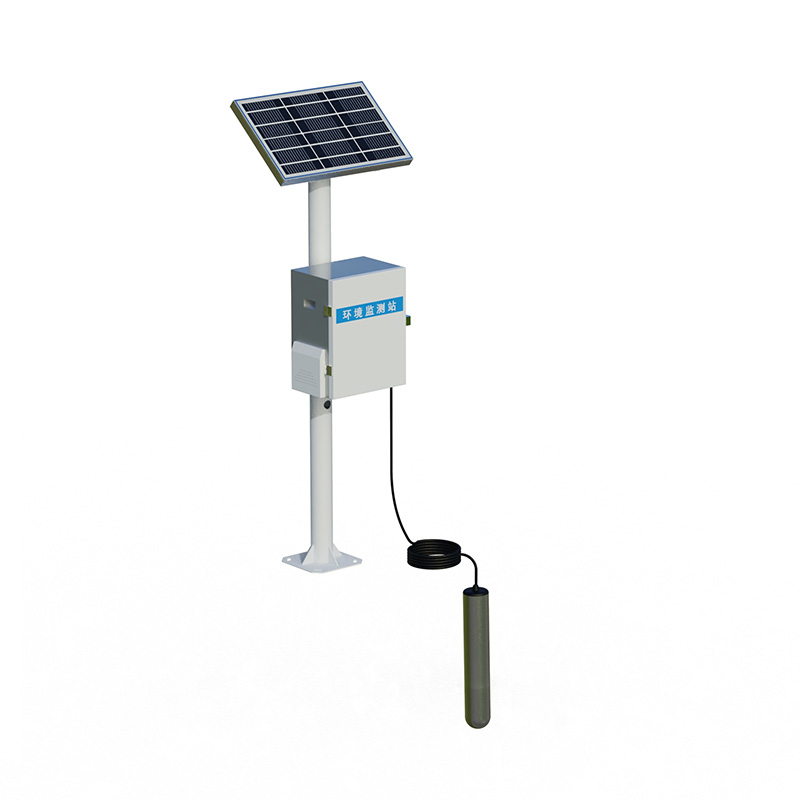Tianqiong Sensor IOT Technology Co., Ltd
Sales Manager:Ms. Emily Wang
Cel,Whatsapp,Wechat:+86 15898932201
Email:info@fengtutec.com
Add:No. 155 Optoelectronic Industry Accelerator, Gaoxin District, Weifang, Shandong, China

Sales Manager:Ms. Emily Wang
Cel,Whatsapp,Wechat:+86 15898932201
Email:info@fengtutec.com
Add:No. 155 Optoelectronic Industry Accelerator, Gaoxin District, Weifang, Shandong, China

Model:FT-SL1
Brand:tianqiong
Seepage Monitoring monitors seepage in earth dams by continuously measuring reservoir seepage conditions and is used to manage small and medium-sized dams and reservoirs.
Seepage Monitoring primarily consists of on-site testing equipment and remote monitoring equipment.
On-site testing equipment, including weir gauges and triangular weirs, measures reservoir seepage and monitors flow rates.
Remote monitoring equipment, also known as a remote monitoring terminal, collects data from on-site testing equipment and transmits this information to the monitoring center via wireless transmission.
Seepage Monitoring Introduction
The weir gauge uses a magnetostrictive sensor for liquid level measurement. It features high resolution, excellent stability, reliable performance, fast response, linear measurement, resistance to wear, and a long service life. The weir gauge measures the water head above the weir and then calculates the flow rate based on empirical formulas for weir channels (such as triangular, trapezoidal, and rectangular weirs).
Seepage Monitoring Structure and Principle
The water weir meter consists of a magnetic rod, a floating ball, a measuring circuit and a stainless steel casing.When the water level in the weir flume changes, it will drive the float to produce a liquid level difference. The host computer uses the current liquid level minus the calibrated base value to obtain the actual water level on the weir, and then calculates the flow rate according to the weir flume type.
Seepage Monitoring Product Features
High precision and resolution
Excellent stability and fast response
Minimal temperature drift
Standard MODBUS protocol and wide compatibility
Seepage Monitoring Specifications and parameters
| Measurement range | 0~600mm |
| Sensitivity | 0.01mm |
| Measurement accuracy | ≤0.1%F.S |
| Working voltage | DC12V (0.5W@12V) |
| Output signal | RS485-MODBUS protocol |
| Protection level | IP67 |
| Case material | 304 Stainless Steel |
| Dimensions | Φ89×850mm |
In traditional cognition, agricultural production has often "relied on the weather", and weather changes have a huge impact on crop growth. Especially during the Sanfu days (the peak summer heat period), extreme weather such as high temperatures, high humidity, and heavy rainfall occurs fr...
Faced with numerous types of anemometers on the market, how can one select a product that meets their own needs? First, let's understand the common types of anemometers.Mechanical AnemometerAmong mechanical anemometers, the cup anemometer is relatively common. It relies on the rotation of cups u...
The construction of smart wetlands takes wetland monitoring equipment as the core, and combines Internet of Things (IoT), big data, and artificial intelligence technologies to build a three-dimensional monitoring network covering hydrology, meteorology, and ecology.The wetland weather stations...
Crop growth monitoring refers to the dynamic observation of crop seedling status, growth conditions and their changes, which is related to the adjustment of cultivation measures. The adoption of rapid and non-destructive monitoring methods can not only reflect the changes in crop yield (whether abun...